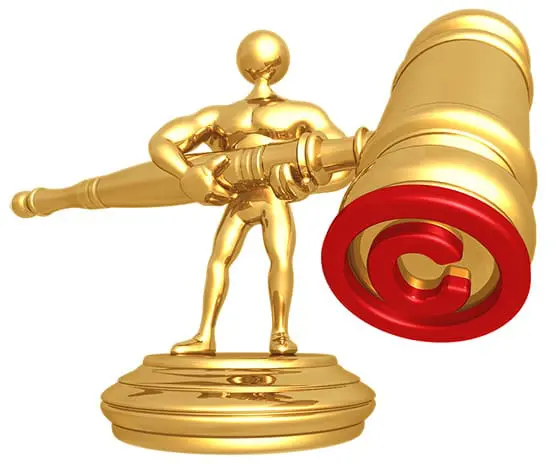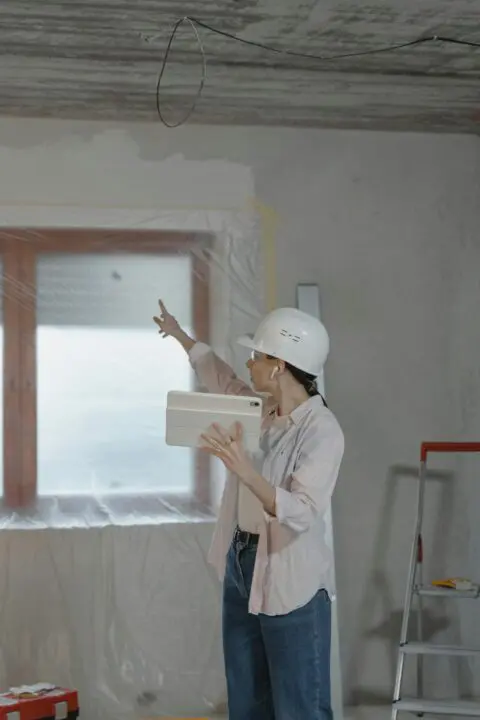Blurring the Legal Concept of Intellectual Property
Increasingly, all project stakeholders will be challenged by the blending of design services related to the construction of a project.
Text
Increasingly, all project stakeholders will be challenged by the blending of design services related to the construction of a project. Projects on which the design is delegated to or assigned through those responsible for actual construction blur the lines of responsibility and confuse the ability to copyright information and designs as well as the responsibility for complying with patents and trademarks. As a result, the future will bring uncertainty over the ownership and control of design and documentation.
With the movement to Building Information Models and virtual construction programs, there must be a new form of intellectual property treatment for the digital age. Even now, standards setting organizations and associations are devising systems of “digital rights management” to streamline the transmission or exchange of digital data for construction projects. Intrinsic to such systems is the licensing of the use of intellectual property.
Copyright and Design Protection
 The U.S. Copyright Act affords protection for “original works of authorship fixed in any tangible medium of expression.” This clearly applies to printed copies of specifications and plotted design plans since they are pictorial and graphic works, or fixed mediums of expression. Artistic or photographic renderings of design projects are also subject to such protection.
The U.S. Copyright Act affords protection for “original works of authorship fixed in any tangible medium of expression.” This clearly applies to printed copies of specifications and plotted design plans since they are pictorial and graphic works, or fixed mediums of expression. Artistic or photographic renderings of design projects are also subject to such protection.
In addition, the Architectural Works Copyright Protection Act adds “architectural works” as a protected category of original expression. This extension of the law means that the “design of a building as embodied in any tangible medium of expression, including a building, architectural plans or drawings” is protected. The overall form of any permanent structure designed for human habitation, including the arrangement and composition of spaces and elements in the design, is subject to federal protection. In other words, a design cannot be reproduced or substantially copied even if the plans and specifications were never compromised.
What constitutes a “tangible medium,” however, will challenge modern practice. While the actual constructed facility—its look and physical presence—is copyrighted, electronic information does not constitute a tangible medium. As information, communications, drawings or design elements are created and stored for a construction project in digital form, the ownership and control of that information becomes clouded. Who can take advantage of copyright protection will also strain traditional concepts.
Contracts and Copyright Ownership
Absent contractual clarity, both the ownership of the copyright in the documents and the design itself may vary. A design, and the deliverables conveying that design, may belong to a design professional if that design professional is an independent contractor. If the design was created by an employed design professional working through a construction contractor or if the design and its tangible deliverables meet the “works made for hire” definition, all the rights in the copyrightable material would belong to the employer or party for whom they were “works made for hire.”
While the creator of a copyrightable work can transfer the copyright either by action of law—the “works made for hire” situation—or by contract, the transfer must be specific. The simple transfer of the ownership of a physical object, such as the plans or even the building itself, does not automatically transfer the copyright, nor does a transfer have to be complete. The owner of the copyrighted plans can grant the client the right to own and reproduce plans such as for the maintenance of specific project without authorizing the use of the plans for additions to the project or for other similar projects.
Tied to the ownership of the copyright of a design and the instruments of service is control over their use; this affects liability exposure and overall compensation. As copyright issues become more complex, these attributes will become more confused.
Patents and Unintentional Infringement
In addition to copyrights, protection is afforded to products through patents and to trademarks. A patent is a grant made to an inventor that gives the inventor the exclusive right to make, use, or sell an invention for a stated period of time. A patent protects the ownership of the basic idea underlying an invention. Firms that develop a product or process that is new, useful, and non-obvious may be able to obtain a patent.
Most patents are granted as utility patents that protect the way an article is used and works. Design patents, which protect the way an article looks, are also available. A trademark or service mark is a word, name, symbol, or device that is used by a commercial entity to distinguish itself and its products or services. Understanding the patent process is essential to preventing infringement. Use of a patented product or process without authorization can result in legal action against the infringing firm.
A firm cannot independently create a product or develop a process that is subject to a patent. Usually, the firm infringing on a patent can be forced to pay damages and a significant license fee for use of a patented product or process. Trademark infringement can happen inadvertently as firms create their marketing materials. The association of project participants with a trademark holder may be considered unauthorized use of protected identification. Legal action can take the form of cease and desist orders, demands for statutory damages, or financial settlements.
Many clients are extremely sensitive to the delays, legal entanglements, and costs that the infringement of a patent can cause their projects. Therefore, clients demand that designers and builders secure licenses whenever appropriate. Clients also require the defense of patent infringement claims and indemnity for any harm caused by such infringement. Clients, product manufacturers, and process developers pursue legal remedies from those that inappropriately reference trademarks or service marks.
Any firm providing design services at any level of a construction project must be mindful of intellectual property rights, the rights of their clients, and the underlying protection afforded to those providing materials, products, or systems. Insufficient attention to these details can create unfortunate and often costly mistakes.
Victor and CNA work with the AIA Trust to offer AIA members quality risk management coverage through the AIA Trust Professional Liability, Business Owners, and Cyber Liability Insurance Programs to address the challenges that architects face today and in the future. Detailed information about both these programs may be found on the AIA Trust website, www.TheAIATrust.com.
More on Professional Practice

Ethical challenges of generative AI in architectural practice
News ▪ February 2025
New Employment Laws & Developments
News ▪ February 2025
Disability Insurance: Key Facts You Need to Know
News ▪ February 2025